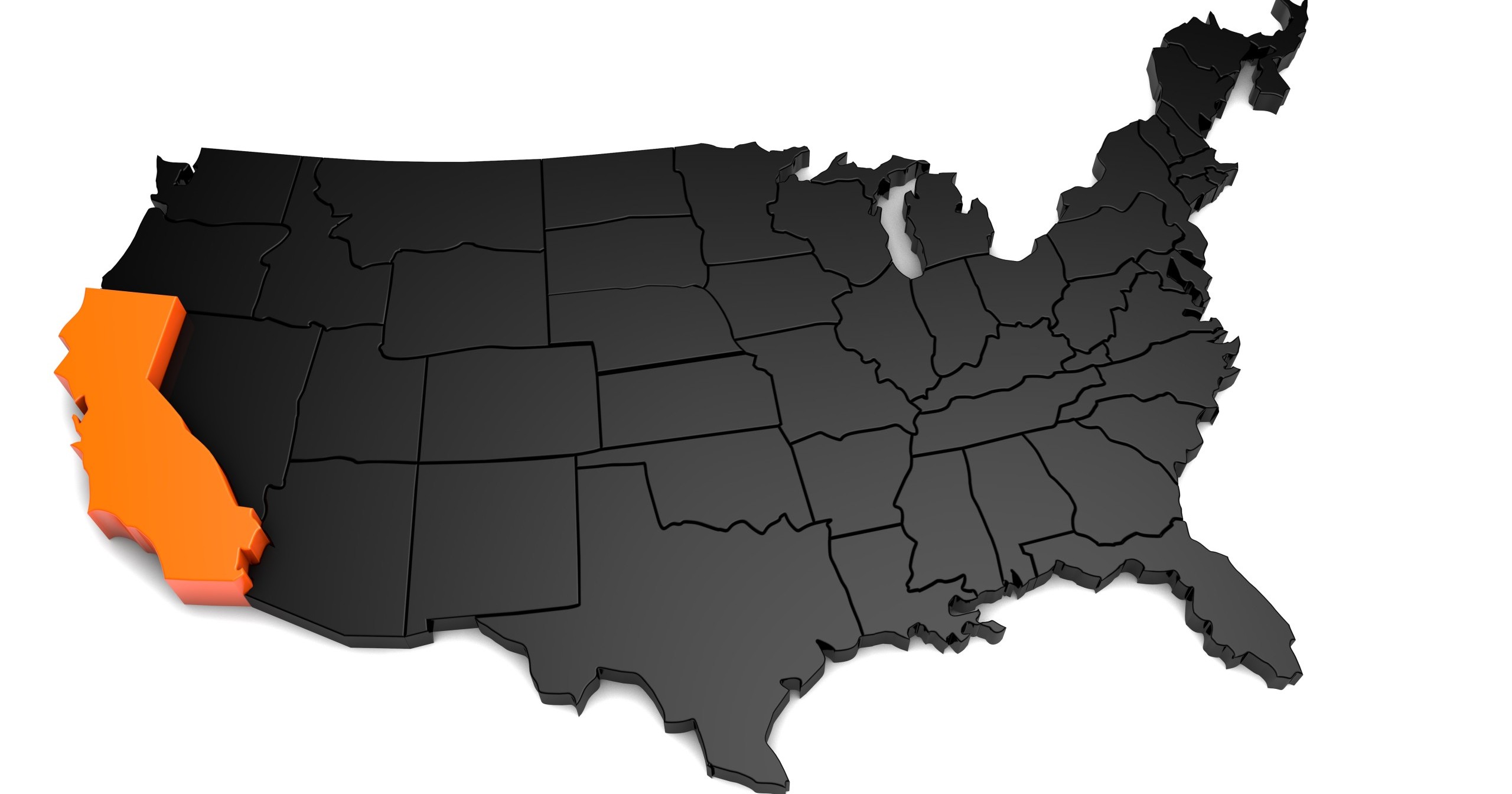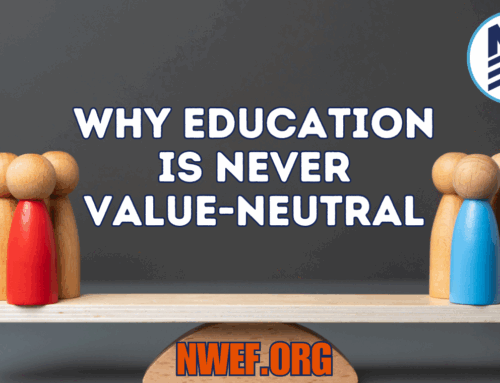
“State boards of education are among the last bastions of civil discourse in the country. By and large, board members engage in complex discussions about policy without a lot of partisan drama.”
Robert Hull, NASBE President, and CEO
Public education is a gigantic tree with a tremendous number of large, heavy branches. Each of these “branches” needs someone to oversee and manage them.
State Boards of Education (SBE) or “state school boards” make up one division with considerable influence. As the name suggests, they function at the state level and manage the state’s public education system. The SBE’s authority depends on its state’s constitution and statutes. States commonly set different authoritative functions for their respective Boards of Education.
Just as with state boards, state Departments of Education operate distinctly according to the individual state’s guidelines. In fact, these two authorities are related—state boards of education universally operate under the authority of each state’s Department of Education.
The National Association of State Boards of Education notes, “State boards of education are different in every state and have diverse policy authority. Some are created by the state constitution and others by statute. Some of their members are elected; some are appointed. In many states, it is the state board who selects the state education chief. In others, it is the governor. In 45 states, the state board adopts learning standards that all students are expected to achieve. In 31 states, state boards have primary authority over state summative assessments.
State boards don’t all have the same number of board members. The Kansas Board of Education has ten sitting members, while California has eleven. Meanwhile, Florida currently has seven.
State Boards of Education are as diverse as they are numerous, but there are some commonalities between them. Those commonalities are what we will examine today.
Comparing Mission Statements
If you look at a sampling of state board of education websites, you’ll find plenty of comparison and contrast.
For instance, Florida’s Board of Education mission is to, “Increase the proficiency of all students within one seamless, efficient system, by providing them with the opportunity to expand their knowledge and skills through learning opportunities and research valued by students, parents, and communities, and to maintain an accountability system that measures student progress toward the following goals:
- Highest student achievement
- Seamless articulation and maximum access
- Skilled workforce and economic development
- Quality efficient services”
Meanwhile, the State Board of Education in Kansas states, “The Mission of the State Board of Education is to prepare Kansas students for lifelong success through rigorous, quality academic instruction, career training and character development according to each student’s gifts and talents. The Kansans CAN Vision is to Lead the World in the Success of Each Student.”
The Vermont Board of Education declares, “Pursuant to Title 16 of the Vermont Statutes, Chapter 3, the State Board of Education is responsible for the establishment, advancement, and evaluation of public education policy. The powers and duties of the Board include making regulations governing: attendance and records of attendance of all pupils, standards for student performance, adult basic education programs, approval of independent schools, disbursement of funds, and equal access for all Vermont students to a quality education.”
These boards share common themes as they specifically address their individual states’ priorities and issues.
Key Work of State School Boards
What does a State Board of Education do, exactly?
According to the National Association of State Boards of Education, “Functioning as the citizens’ voice in state education, state boards of education serve as an unbiased broker for education decision making, focusing on the big picture, articulating the long-term vision and needs of public education, and making policy based on the best interests of the public and the young people of America.”
In other words, the state school board serves as the state-level decision-maker.
Using the law as its guide and listening to the citizens, the State Board of Education makes the significant decisions for schools in the state, leaving the smaller decisions to local district officials. They steer policy toward long-term goals versus meddling in day-to-day situations.
Most State Boards of Educations share these common jobs:
- They decide their state’s high school graduation requirements.
- They choose the determining qualifications for professional education personnel within their state.
- They institute their state’s accountability and assessment programs.
- They create and uphold accreditation standards for local school districts within their state.
- They establish preparation programs for teachers and administrators within their state.
Despite differences between states, all State Boards of Education share three responsibilities without fail (as per the NASBE):
- They adopt and revise policies within their state public education system. These policies should always promote and support excellence and equity.
- They gather experts and stakeholders to provide a bridge between the policymakers and the citizens of the state.
- As representatives of the people in public education, they raise questions and address problems.
Through these combined powers, State Boards of Education advocate for students and educators. The board members are a group of civic-minded individuals dedicated to the quality education of the students under their care. Each state school board should strive to use their authority to make their state’s public school system an organization that cultivates a culture of success for each child.
“State board members are diverse in terms of race, ethnicity, and gender; operate within diverse governance models and varied terms of office; are engaged in their communities; and are committed to education,” The National Association of State Boards of Education emphasizes. “All are dedicated citizen leaders, often serving in a volunteer capacity, and they hold their board service to be of utmost importance.”
More about Your State
As you educate yourself to influence education, dig deep into how your state divides up authority between the state and local arenas. Armed with this knowledge, you’ll know exactly who to call or petition when a school issue arises. The Education Commission of the States provides a handy chart outlining the primary powers and duties of each state’s school board.
As citizens, it’s our responsibility to hold our governing officials accountable, and the state school board is no exception. Even if your state’s board is appointed, you have the opportunity to vote for the state legislators and governor (the most common officials who appoint state board members).
Want to contact your state’s school board about a big-picture policy or curriculum issue? The Federal Department of Education provides the contact information for each state’s Department of Education and its various offices here.




